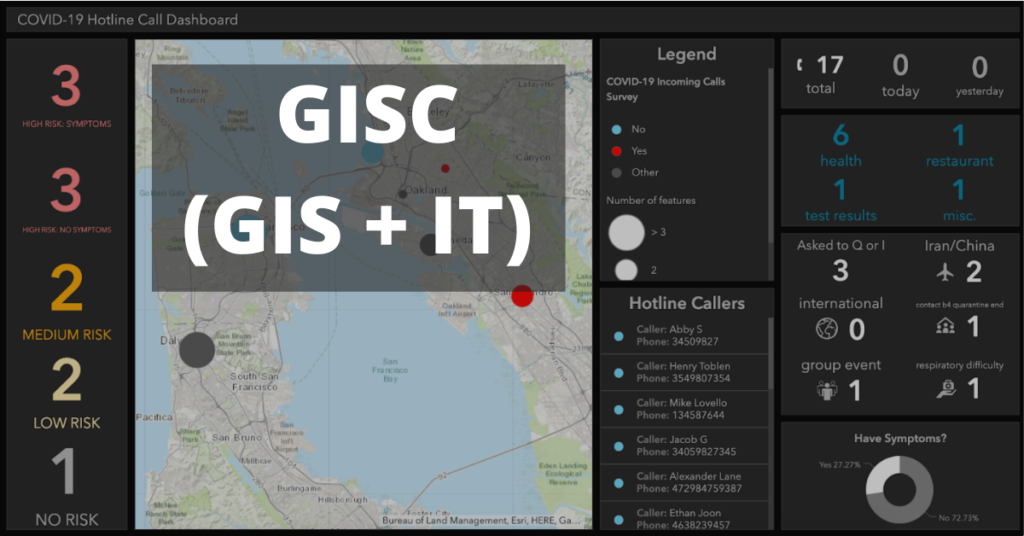What does the geospatial industry look like in 5 to 10 years?
Batched in with other industry leaders, visionaries, and all-round people with options, I was asked to share my view on where we are headed. As an entrepreneur who likes to live in the future, I was happy to share my thoughts.
So here is me writing down my predictions for a virtual time capsule (this blog). The contents of which to be revisited in ten years time, at the risk of appearing laughably off the mark or hilariously naïve. Then again, the future is of our own making. In the hands of those with a vision, and strengthened by those who come to share it.
So, without further ado, here’s what I think the geospatial industry will look like by 2031.
2031: The Internet of Spatial data (IoS)
In 2031 we will search for spatial data like we search for any other content on the ‘regular internet’ of today. Which is to say; through a search engine using key terms and browsing the pages suggested to us. This means that in the future, spatial datasets are hosted as public, semi-public or private online maps with a unique url. Like the ‘regular internet’ the Internet of Spatial data will be a standardized, community driven, and non-hierarchical system of reference for searching and sharing content that can be leveraged by everyone. This means that:
– We have transitioned from files to web services
– Publishing spatial data will be like creating a WordPress blog
– We will be sharing data with links rather than with files
– There are always multiple endpoints to access online datasets by design
– Using multiple data sources simultaneously will be without difficulty
This way, spatial data is activated for use and contribution by an absolutely massive audience. A game changer that is not to be underestimated.
The road to 2031
Aside from having a vision for how spatial data will be activated in the IoS in ten years time, I also harbor ideas on how to get there. These ideas are centered around 1) introducing solutions that help users adhere to all sharing standards by design, and 2) applying business models that reward community members for creating content that people want to connect to via the web, rather than making this difficult and expensive.
Closing the capsule
Time to close the capsule and see what the years will bring. My intention is to not leave it to fate.
Until next time!
Author
Rosalie van der Maas
Co-founder & CEO of Ellipsis Drive










